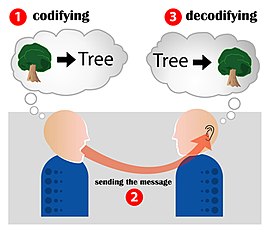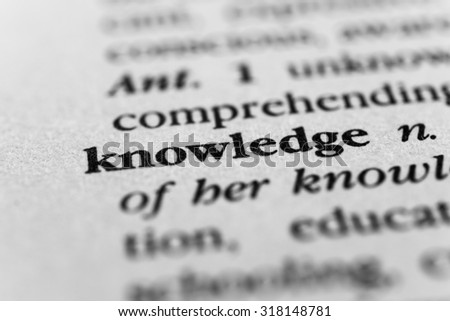THE BALANCE OF POWER
The power in the clasroom is balanced with the Learner-Centered by Mary Ellen Weimer (2002).As we are the auhority in the classroom, we need to know the students'neccesities to be aware of their language process.Students know that the class belongs to the teacher. He or She creates all the rules to their students.Teachers also decides what materials they will useful and how this is presented to them.
This chapter concentrates on what are the some strategies to create and enviromental rapport between the students and the teacher.Typically no ones asks students what they want to learn.They have no choice on how things are done inside the class.Controll the class is the role of the teacher.He must know all the problems present during a certain activity. Awareness of some difficulties as for example in questions asks by the students, lack of concentration, etc.
In my case, I will use some techniques to take advantage of all the differents skills students have. Have the balance of power implies everything.Not only have the capacity to rule but know how do it.
REFERENCES
- ProQuest Ebook Central. (2017). Ebookcentral.proquest.com. Retrieved 21 April 2017, from https://ebookcentral.proquest.com/lib/uta-ebooks/reader.action?docID=1119448&ppg=106
- Sharing Power in the Classroom: CTLE Resources. (2017). Utah.instructure.com. Retrieved 21 April 2017, from https://utah.instructure.com/courses/148446/pages/sharing-power-in-the-classroom









